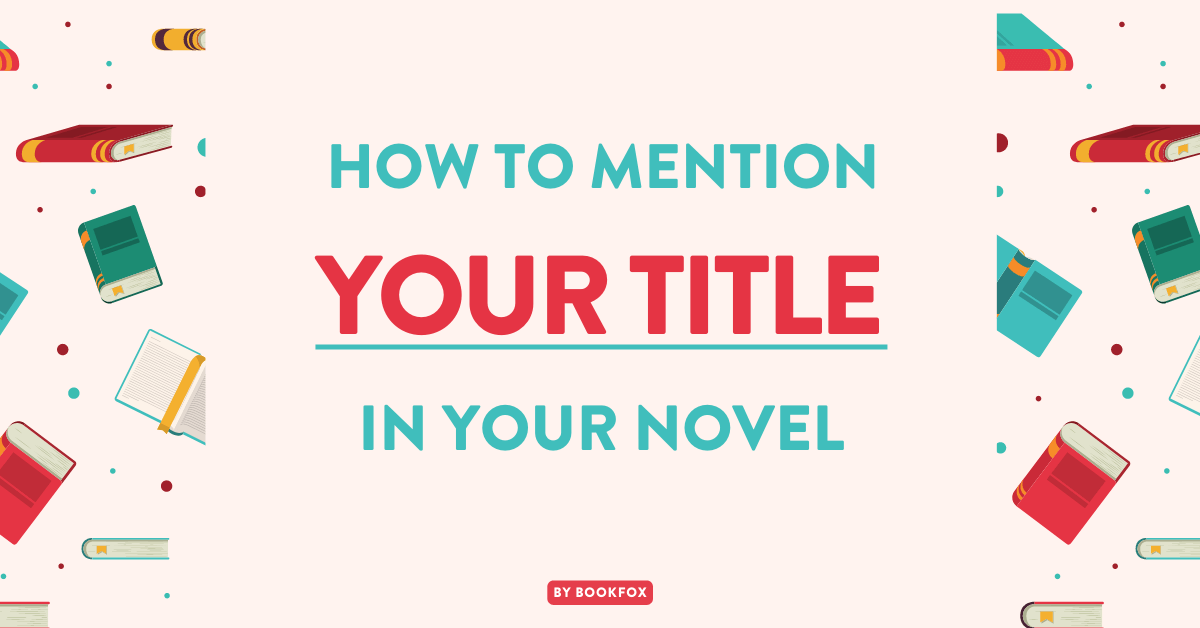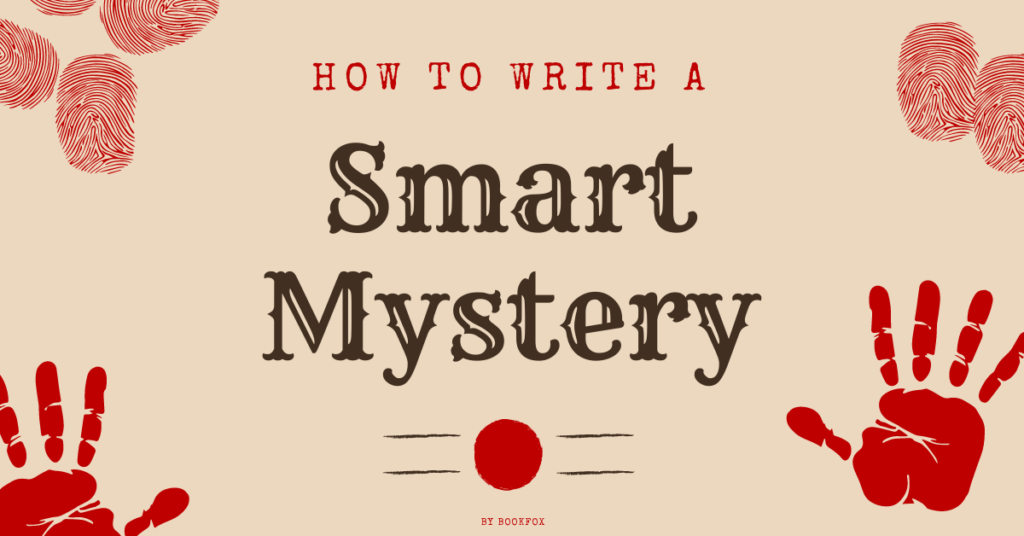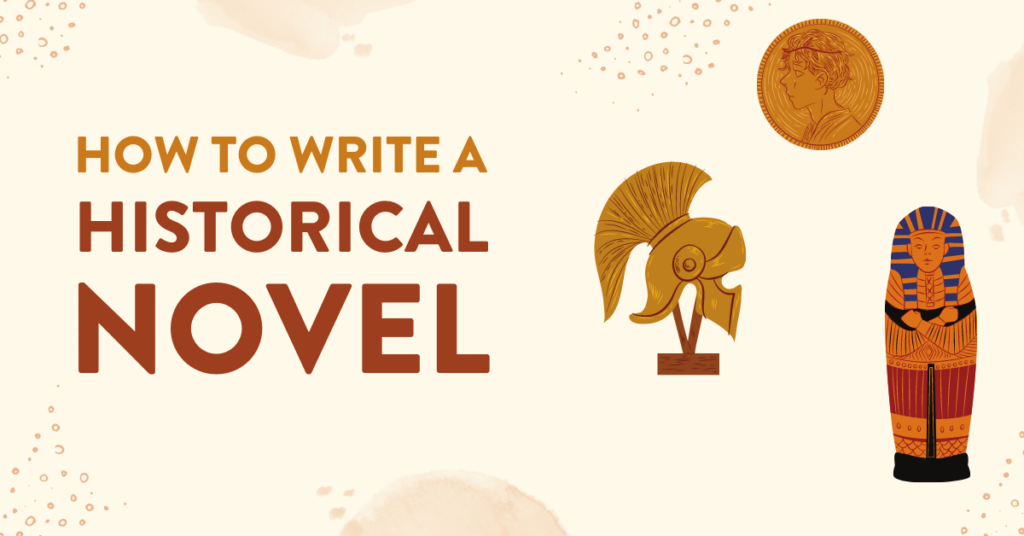
There are many posts about how to title your book. Even Bookfox has one.
But not as many writers concentrate on how to discuss the book title inside the book.
It’s a powerful moment when the reader finally encounters the title of the book inside the pages of the story, and yet we don’t talk about how to do it.
That’s a mistake.
Honestly, you want the reader to get a shiver of recognition when they see the title for the first time in the story, to have this epiphany: ah, that explains it.
What I do in this post is look at the ways authors reveal their book title. I think it’s important to concentrate on:
- Where the title is revealed. First part of the book? The Middle? The end?
- What the book title is. A name? A place? A line of dialogue?
- What technique the author is using to give pleasure to the reader?
1. One Flew Over the Cuckoo’s Nest
One Flew over the Cuckoo’s Nest, by Ken Kesey, doesn’t mention the title until we’re most of the way through the book (page 239 of 270).
And it’s part of a nursery rhyme. “One flew east, one flew west, one flew over the cuckoo’s nest … O-U-T- spells out … goose swoops down and plucks you out.”
It’s ironic that in a mental institution run by the totalitarian Nurse Ratchet that the book has such an innocent and playful title as one taken from a rhyme from children, but I like that “cuckoo” has the connotation of someone who has gone crazy.
2. Beautiful World, Where are You?
Sally Rooney doesn’t mention anything about the title until halfway through the book.
It was tired, it was late, I was sitting half-asleep in the back of a taxi, remembering strangely that wherever I go, you are with me, and so is he, and that as long as you both live the world will be beautiful to me.
The title is a twist on this dialogue. The dialogue says the world will be beautiful as long as her friends are alive. But the title is a question: Beautiful world, where are you?
So that means the journey of the book is announced by the title, the search for a beautiful world, and in the end she finds it in her friends.
3. Dark Matter
Blake Crouch reveals the meaning of the title on page 112, one third through the book. This is pretty early — most book titles are revealed later, but because it’s so essential to the plot, he has to reveal it here.
Most astrophysicists believe that the force holding stars and galaxies together—the thing that makes our whole universe work—comes from a theoretical substance we can’t measure or observe directly. Something they call dark matter.”
I’d call this both a practical title (it’s necessary to explain the plot) and also a thematic one (it’s scientific and this book delves into a lot of science).
4. Snow Crash
Here we have a title that Neal Stephenson gives very early, on page 51. This is only about 10% of the way into the book.
“Hey, Hiro,” the black-and-white guy says, “you want to try some Snow Crash?”
Like “Dark Matter,” that’s because this is a title that is central to the plot. What is Snow Crash?
- Snow Crash is a drug.
- But it’s also lingo for a system crash that takes down computers.
- The origin of the term comes from the white noise on televisions when there wasn’t any reception.
So there are multiple layers of meaning to the title. And the title is mentioned repeatedly throughout the book, as opposed to just being named once or twice.
5. Laurus
The Russian writer Eugene Vodolazkin doesn’t mention this title until the very end of the book.
To be specific, 330 pages into a 360 page book. It is the fourth name the protagonist has been given, and it is his final name before he dies (each name corresponds to a new stage of his life).
There’s a long tradition of naming books after the main protagonist (Anne of Green Gables, Jane Eyre, Alice in Wonderland, Adventures of Huckleberry Finn, Adventures of Tom Sawyer).
And there’s a long tradition of single of single word titles as well (Circe, Americanah, Annihilation, Atonement).
6. The Shipping News
Annie Proulx drops her title almost immediately in her novel. On page 31, 10% of the way into the book.
“Want somebody to cover the shipping news.”
So the name of the book is her job. It’s her journalism beat, the topic she covers for the newspaper.
7. The City of Tranquil Light
Bo Caldwell introduces this idea pretty early in the book, about a fifth of the way in, right when the characters arrive for the first time.
The title of this book, “The City of Tranquil Light” is the English name of a Chinese city (Kuang P’ing Ch’eng).
So the book is named after a place. The American name for a Chinese place.
Think of all the books named after places: Wide Sargasso Sea, A Passage to India, The Plot Against America, Bastard out of Carolina.
If you have a common place name, you need to add words onto it (plot, passage). If you have very musical or memorable name, you can just use it alone (Tranquil Light).
8. How to be Good
The title of “How to be Good” by Nick Hornby comes at the very end of the book.
And it’s a meta-title. The characters inside the book are writing a book called, “How to be Good.”
This is a clever and self-referential title. And there are so many books where characters are writing books of the same name.
Look at “The City and the City” below, which also features the title from a book the character is writing.
9. Euphoria
Lily King’s “Euphoria” is one of those lovely one-word titles than Jonathan Franzen seems so enamored by.
She reveals the title’s meaning pretty early in the book, one fifth of the way into it. The anthropologist says that when she’s in a new place and finally feels like she has a grasp on it, she feels a brief wave of euphoria.
So the title is about the moment when these anthropologists finally feel like they understand the region and culture they’re living in.
10. The City and the City
In “The City and the City” by China Mieville, the title appears for the first time a third of the way through the book.
And like in Nick Hornby’s “How to be Good,” the title is the name of a book that one of the professors in the book has written (with a slight variation – his book is called “Between the City and the City.”).
It’s okay to have little variations between the way that the title is mentioned in the book and the exact title of the book. Remember that Sally Rooney does this in “Beautiful World, Where are You?”
And the repetition of the City/City in the title is eye-catching and mysterious.
11. Fear and Loathing in Las Vegas
Hunter S. Thompson never really explains the title of Fear and Loathing in Las Vegas. It’s more of a mood or theme. But he does mention the phrase “Fear and Loathing” twice, offhand, in rants.
“I use the word kill with all due respect for the fear and loathing I’m sure it provokes in every one of you.”
“Jesus, bad waves of paranoia, madness, fear and loathing—”
What does this teach us? Don’t overthink the title. It doesn’t have to be something significant in the plot. It can just be a good and memorable phrase that your character uses at some point in the book.
Fear and Loathing certainly captures the mindset of the journalist and his “lawyer” in this book, though, as they’re hopped up on every drug known to man.
12. The Association of Small Bombs
Karan Majajan doesn’t reveal the title until 250 pages into a 275 page book.
The title is the name of the support group for all those who were killed in the bomb blast.
“The association of small bombs,” as the Khuranas called it privately, was a support group and forum for the grievances of victims.”
Since that’s the climax of the novel, it makes sense that it could only be revealed at the end of the book.
13. The Spy Who Came in From the Cold
This is John LeCarre’s best spy novel (sorry, all you fans of Tinker, Tailer, Soldier Spy).
He uses this title as a refrain throughout the whole book, starting on page 14.
“We act it to one another, all this hardness; but we aren’t like that really, I mean … one can’t be out in the cold all the time; one has to come in from the cold … d’you see what I mean?”
“Coming in from the cold” is a metaphor for stopping all the deception and stopping being a spy. And throughout the book, it’s constantly listed as a promise of what this spy will do in the future.
“This is your last job,” he said. Then you can come in from the cold.”
“With fifteen thousand pounds, a man can afford to come in from the cold.”
So the title becomes a refrain throughout the book, something for the main character to look forward to. It symbolizes peace and retirement and safety.
14. Everything is Illuminated
And here we find an exception to all the examples above.
Jonathan Safran Foer actually doesn’t mention the phrase, “Everything is Illuminated” in his novel.
The title is more of a promise to the reader that things will make sense by the end. And it’s certainly a hyperbolic promise, one in tone with the novel’s wild verbal pyrotechnics and innovative formatting.
So you don’t have to mention your title in your novel, but as you can see from the examples above, most of the time authors choose to talk about it so it makes sense for the reader.
Foer’s title offers a lot more ambiguity because it is never discussed and explained inside the text, so it’s always up to you, the author, to decide whether or not to include the title inside your book, and if so, how.


